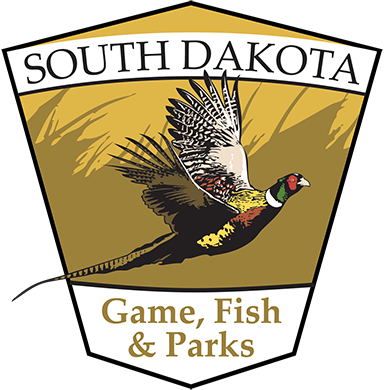wildlife habitat management practices
Turkey
Wild turkeys are native to the large wooded drainages of eastern South Dakota including the Missouri, lower James and Big Sioux Rivers. Turkeys have been successfully introduced into many other areas of the northeast and western portions of the state; including the Black Hills.
As with other resident wildlife species, wild turkeys need a variety of habitat types to reproduce and maintain or expand their populations. All turkey populations in South Dakota are dependent on some form of woodland vegetation, whether it be shelterbelts and wooded river bottoms in the east or ponderosa pine forests and deciduous woody draws in the west.
Riparian management and regeneration can significantly increase the woody habitat value for wild turkeys on your property. Cottonwoods and other hardwoods like oak and ash can be planted along draws and bottoms to help speed regeneration. Once established, wooded riparian areas are used for roosting, feeding, nesting and brood rearing. Food plots such as corn and sorghum strategically placed near woody habitat provides high energy food for wintering turkeys.
Tall grasses and alfalfa fields are also often selected by hens for nesting. Planting and maintaining large blocks of dense nesting cover will ensure adequate nesting cover on your property.
In hay land settings, delaying mowing until July 15 will increase turkey production as well. Integrate mast producing species like bur oak, plum, chokecherry, and buffalo berry into woody habitat plantings to provide a reliable fall food source for wild turkeys.
Habitat advisors are available to assist landowners in designing, developing and funding habitat improvements. Find one in your area today!

